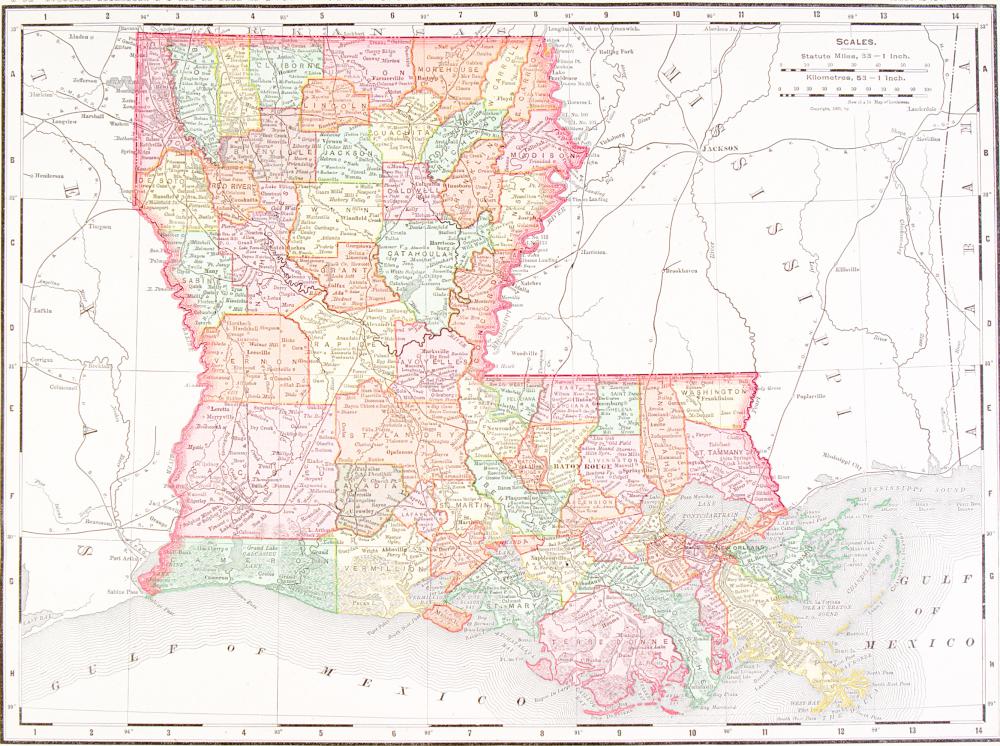At WiseGEEK, we're committed to delivering accurate, trustworthy information. Our expert-authored content is rigorously fact-checked and sourced from credible authorities. Discover how we uphold the highest standards in providing you with reliable knowledge.
What is the Stroke Belt?
The Stroke Belt is a region of the United States where the risk of stroke is much higher for the general population than it is in other areas, even after correcting for risk factors that might skew stroke statistics. It spans across the South, covering 11 states, with rates especially high in the southeastern states. Researchers have developed a number of hypotheses to explain the phenomenon.
States in the Stroke Belt include Mississippi, Louisiana, Kentucky, Georgia, Tennessee, North Carolina, Alabama, South Carolina, Arkansas, Indiana, and Virginia. In these states, the stroke risk can be as much as one third higher than the national average. Deaths from stroke are much more common for people of all ages. In addition, general rates of cardiovascular disease are higher, as are lung cancer rates.

Researchers began recognizing the problem in the 1960s, when monitoring of stroke rates by public health agencies clearly showed a concentration in the South. Researchers theorized that there might a racial component, because the population of the South is heavily black and this population has an increased stroke risk. However, correcting for race has shown that other races have a high risk of stroke in this region too. In fact, in the 2000s, the stroke rates for white and black populations were roughly equal.

Poverty is widespread in the South and this results in malnutrition and lack of access to health care. These issues can be compounded by living in rural areas where hospitals and clinics are not readily accessible. These are possible culprits behind the much higher stroke rate, as is the Southern diet, since it includes a number of foods linked with cardiovascular disease. Smoking also may play a role in the Stroke Belt. Some studies on the Stroke Belt have also linked environmental contaminants such as pollutants released during mining activities.
In the 1990s, the United States government began a number of public policy initiatives in the Stroke Belt to reduce stroke rates, improve standards of care, and educate the population about the risks. Along the way, such programs collected vast amounts of data with the goal of gathering information to analyze for the purpose of learning more about the Stroke Belt. Ongoing studies continue to reveal new theories and disprove old ones. It is highly probable that a combination of factors contributes to the increased incidence of stroke in this area of the United States.
AS FEATURED ON:
AS FEATURED ON:












Discuss this Article
Post your comments